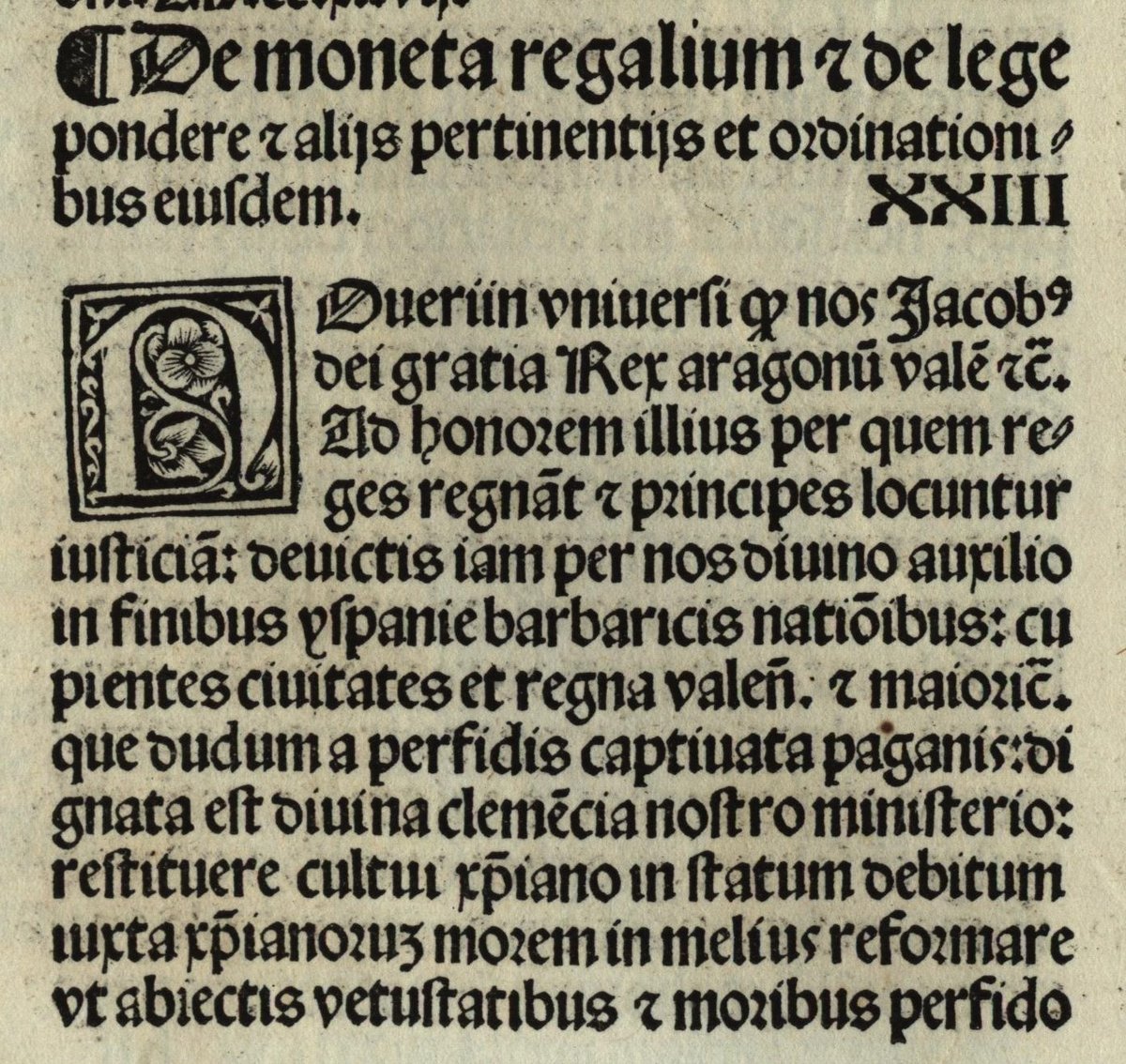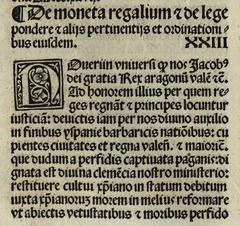
Visiting the Monument of James I of Aragon in Palma, Spain: Visiting Hours, Tickets, and Tips
Date: 14/06/2025
Introduction: History and Significance
The Monument to James I of Aragon in Palma, Spain, is a powerful symbol of the city’s medieval legacy and the pivotal Christian conquest of Mallorca in 1229. Set in the bustling Plaça d’Espanya, this equestrian statue not only honors King James I’s historic victory but also serves as a focal point in Palma’s urban and cultural landscape. The monument’s narrative is closely tied to the city’s dramatic transformation from the Muslim stronghold of Madina Mayurqa to a flourishing Christian capital under the Crown of Aragon.
Surrounding the monument are other historical treasures, including Palma Cathedral (La Seu)—commissioned by James I—and the Royal Palace of La Almudaina. These sites, all within walking distance, provide a deeper understanding of James I’s enduring legacy on the island. The monument is freely accessible at all hours, making it an ideal starting point for exploring Palma’s historic center. Whether you’re interested in the monument’s artistic details, the work of sculptors Ignacio Farran and Enric Clarassó, or local cultural events, this guide offers everything you need to plan a memorable visit (Palma City Council, Palma Cathedral Official Site, Accés Mallorca).
Table of Contents
- Location and Setting
- Historical Context and Purpose
- Design and Artistic Contributors
- Monument Structure and Materials
- Artistic Significance and Symbolism
- Restoration and Preservation
- Visitor Information: Hours, Tickets, Accessibility
- Visuals and Media
- Cultural Impact and Community Significance
- Palma Cathedral & Royal Palace: History, Hours, Tickets, Tips
- Nearby Attractions & Suggested Itineraries
- Frequently Asked Questions (FAQ)
- Summary and Final Recommendations
- References
Monument Location and Setting
The Monument to James I of Aragon (Monumento a Jaume I el Conquistador) dominates Palma’s Plaça d’Espanya, a lively square that acts as the gateway to the city’s historic core. The site was chosen for its proximity to the medieval Santa Margalida gate, through which James I and his soldiers entered the city during the 1229 conquest. Today, the monument’s strategic location ensures it is a central landmark for both locals and visitors exploring Palma’s rich history (palma.es).
Historical Context and Purpose
The monument’s creation is steeped in Palma’s desire to commemorate its medieval origins. In the early 20th century, the city underwent significant changes, including the demolition of ancient walls and the loss of the Santa Margalida gate. Public sentiment demanded a tribute to the Christian reconquest led by James I. The city council responded by commissioning a monument to honor the king and the island’s historic rebirth under the Crown of Aragon, marking a new era of cultural and political autonomy (palma.es, discoverwalks.com).
Design and Artistic Contributors
The monument was the result of a collaborative artistic effort. Initial funding was raised through public subscription, and a design competition awarded the project to Ignacio Farran, who sculpted the heraldic shields. Later, renowned Catalan sculptor Enric Clarassó took over, creating the central equestrian statue of James I and the figure of an almogàver (Catalan-Aragonese foot soldier) holding a laurel branch. The project began in 1913 and, despite financial delays, was completed in 1927 (palma.es).
Monument Structure and Materials
The monument features a multi-tiered design combining bronze and stone. The dominant feature is the bronze equestrian statue of James I, depicted in full armor with a raised sword symbolizing leadership and conquest. The stone pedestal is adorned with detailed heraldic shields, representing James I’s dynastic lineage. At the base, the almogàver stands as a tribute to the soldiers of the conquest, holding a laurel branch—a classic symbol of victory (cityseeker.com).
Artistic Significance and Symbolism
This monument exemplifies early 20th-century Spanish public sculpture, blending realism and allegory. The equestrian statue format honors figures of historic importance, with James I depicted as a visionary and determined leader. The raised sword and forward gaze denote ambition, while the almogàver connects the king’s achievement to the collective effort of his troops. The heraldic shields highlight the historical context of the Reconquista and the expansion of the Christian kingdoms (palma.es).
Restoration and Preservation
The city of Palma regularly undertakes conservation projects for the monument, including cleaning the bronze, repairing structural elements, and preserving the stone base. These efforts ensure the monument remains a lasting cultural asset for future generations (palma.es).
Visitor Information: Visiting Hours, Tickets, Accessibility
- Visiting Hours: The monument is outdoors and accessible 24/7.
- Tickets: No ticket or entrance fee is required.
- Accessibility: The area is wheelchair- and stroller-friendly, with smooth pavements, ramps, and accessible public facilities nearby.
- Location: Plaça d’Espanya, Palma, Mallorca—easily reachable by foot, public transport, taxi, or bike (Accés Mallorca).
Guided walking tours of Palma often include the monument. Onsite plaques provide historical context in Spanish and Catalan.
Visuals and Media
Visitors are encouraged to take photographs, especially in the early morning or late afternoon when the light is most dramatic. The monument, with its intricate details and imposing presence, is a favorite subject for both amateur and professional photographers. For digital exploration, interactive maps and virtual tours are available on Palma’s official tourism websites.
Cultural Impact and Community Significance
The Monument to James I is central to Palma’s cultural memory, serving as a site for civic celebrations and historical commemorations, especially during the annual Festa de l’Estendard on December 31. It is a daily testimony to Palma’s layered history and represents the city’s pride in its medieval and multicultural origins (palma.es).
Visiting Palma Cathedral & Royal Palace: History, Tickets, Hours, and Tips
Palma Cathedral (La Seu)
- History: Commissioned by James I after the 1229 conquest; a prime example of Catalan Gothic architecture.
- Opening Hours: Mon–Sat 10:00–18:15; Sun and holidays 10:00–15:15 (check the official site for special events).
- Tickets: Adults €8, reduced €6, children under 12 free; combo tickets available with Almudaina Palace (Palma Cathedral Official Site).
- Accessibility: Ramps and elevators provided; assistance available.
- Guided Tours: Offered in multiple languages, bookable online.
Royal Palace of La Almudaina
- History: 10th-century Moorish fortress converted into royal residence.
- Hours: Daily 10:00–18:00 (last entry 17:30).
- Tickets: Adults €7, reduced €4.50; guided tours available (palma.cat/almudaina).
Nearby Attractions
- Bellver Castle: Circular Gothic fortress, 3 km west of Palma.
- Parc de la Mar: Scenic park with reflecting pool.
- Passeig del Born: Elegant shopping boulevard (The Girl Who Goes).
Suggested Itineraries
- Start at the James I monument (Plaça d’Espanya) for historical context.
- Walk to Palma Cathedral (La Seu) and the Royal Palace of La Almudaina.
- Relax at Parc de la Mar.
- Explore Passeig del Born for shopping and dining.
- Optional: Visit the Arab Baths or Bellver Castle (Be La Vie).
Frequently Asked Questions (FAQ)
Q: What are the Monument to James I of Aragon visiting hours?
A: The monument is accessible 24/7; no restrictions apply.
Q: Is there an entrance fee?
A: No, visiting the monument is free.
Q: Are guided tours available?
A: Yes, many guided walking tours include the monument.
Q: Is the monument wheelchair accessible?
A: Yes, surrounding areas are flat with ramps and paved surfaces.
Q: What is the best time for photography?
A: Early morning or late afternoon for optimal light.
Q: Are there public restrooms nearby?
A: Yes, in Parc de la Mar and at local cafes.
Q: Can I use drones at the monument?
A: Drones require special authorization in the city center.
Safety and Practical Tips
- Stay hydrated and use sunscreen during summer.
- Beware of pickpockets in busy areas.
- Use public transport or nearby parking due to limited street parking.
- Respect the monument; climbing is prohibited.
Language and Communication
Spanish and Catalan are official languages, but English is widely spoken in tourist areas. For English-language assistance, visit the Palma Tourist Office or use translation apps.
Sustainability and Responsible Tourism
Please dispose of litter properly, respect the monument and fellow visitors, and consider using public transport or walking to reduce your carbon footprint.
Summary and Final Recommendations
The Monument to James I of Aragon offers a unique window into Mallorca’s transformative past and vibrant present. Its central location, open access, and proximity to Palma’s key historical sites make it a must-visit for anyone exploring the city. Enhance your experience with guided tours, plan for the best lighting for photos, and explore the surrounding attractions for a comprehensive view of Palma’s rich heritage.
For further information and digital resources, download the Audiala app for audio guides and interactive maps.
References and Links
- Palma City Council: Monument to James I of Aragon
- Palma Cathedral Official Site
- Accés Mallorca: James I Monument
- Official Almudaina Palace site
- Discover Walks: 20 Fascinating Facts About Palma de Mallorca
- CitySeeker: Monument to James I of Aragon
- Nomads Travel Guide: La Seu Cathedral
- Lions in the Piazza: Palma de Mallorca Medieval Architecture
- The Girl Who Goes: 5 Things to Know Before Visiting Palma de Mallorca
- Be La Vie: How to Best Spend One Day in Palma de Mallorca
- All Events Palma: June Events











































